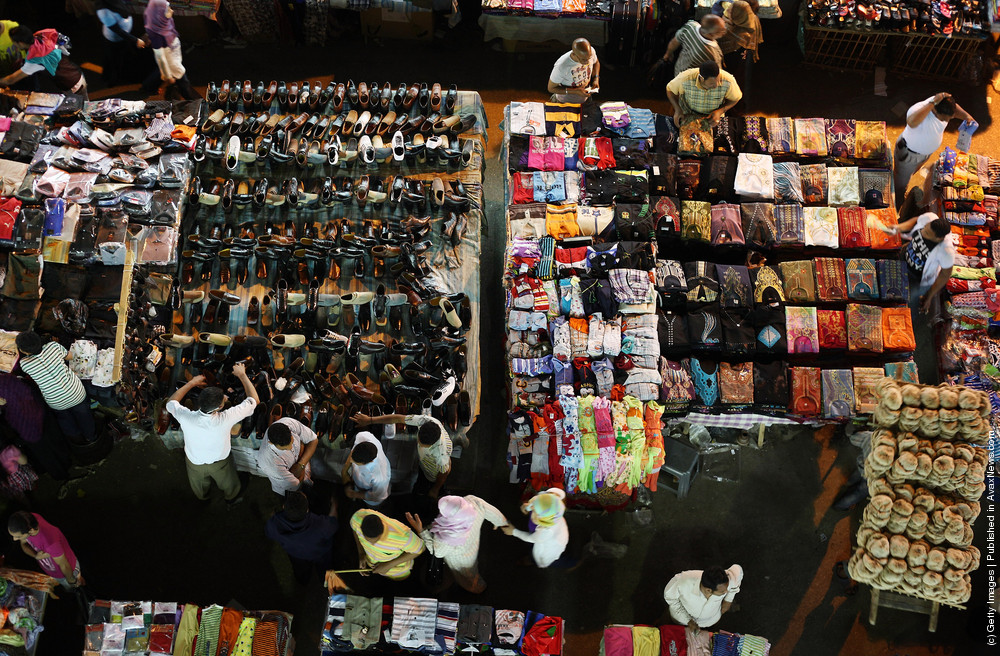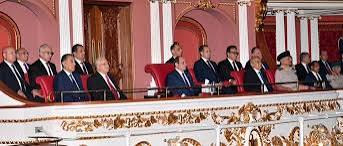The week leading up to Eid is a vibrant time in the downtown areas of big Egyptian cities, akin to a bustling Thursday night that lasts around the clock. Local clothing stores in Mehatet El Raml (Downtown Alexandria) are usually packed with shoppers preparing for the festive season.
Wearing new clothes on Eid is a cherished tradition that adds to the joyful atmosphere of Eid. In preparation for this season, shops all around Egypt stock their shelves with bright colored clothes and vibrant designs.
However, this year, Eid is just around the corner, and it is hard not to notice that the streets and shops seem emptier than usual. To understand this unexpected atmosphere, Egyptian Streets spoke with local shopkeepers and sales associates in Mehatet El Raml to find out if people are still buying Eid outfits as much as they used to.
“After Ramadan, people stopped buying. It seems like they settled for one outfit for both Eids, considering the current circumstances”, shared Aya*, a sales associate in a clothing store located in Mehatet El Raml. She revealed that the last surge of customers the shop witnessed was prior to Eid al-Fitr, with a noticeable decline in sales thereafter.
When asked about the reason behind the decline in sales, Mohamed*, a shop owner in Downtown Alexandria, attributed the deviation from the usual shopping patterns to economic pressure.
“The people are [financially] exhausted, may God help them. We were hopeful for a rush of customers during the weekend, but even then it didn’t happen. People were on the streets, but were not buying from the stores.”
While adults may be scaling back their own purchases, they continue to prioritize buying new clothes for their children.
Hanaa*, a sales associate in a department store in Mehatet El Raml, noted: “The children’s section was busy this year in comparison to the other sections, but still not as busy as [in previous years]. Even teenagers are not buying Eid outfits as much as they used to.”
“People are turning to local stores as an alternative. They do not experience what we [sellers of imported clothes] have to deal with working with gamarek (customs)”, explained sales associate Nadia* during our visit to City Center Alexandria shopping center.
She revealed that the purchasing activity in the mall has significantly declined compared to previous years and expressed astonishment at the prices, which have been consistently increasing every two weeks, if not weekly.
According to Nadia, this upward trend in prices can be attributed to the prolonged storage of clothes at customs or checkpoints, resulting in significantly higher costs when they finally reach the stores.
“All types of people were starting to shop in Mehatet El Raml [in the last few years]. We were very happy with that. Still, now we can see so many new faces that stopped buying in malls,” noted Mohamed* when talking about the diminishing stigma around choosing to purchase clothes for Eid from local shops.
“But all in all, this year, there are fewer people compared to the previous years”, Mohamed added.
The decrease in purchasing activity is therefore neither confined to local stores nor to malls. This raises the question as to whether this decline will become the new norm, potentially putting a long-standing tradition to a halt, or if it is merely a temporary situation that will change once prices stabilize?
*Names omitted for privacy reasons
Subscribe to the Egyptian Streets’ weekly newsletter! Catch up on the latest news, arts & culture headlines, exclusive features and more stories that matter, delivered straight to your inbox by clicking here.








Comment (1)
[…] Source link […]